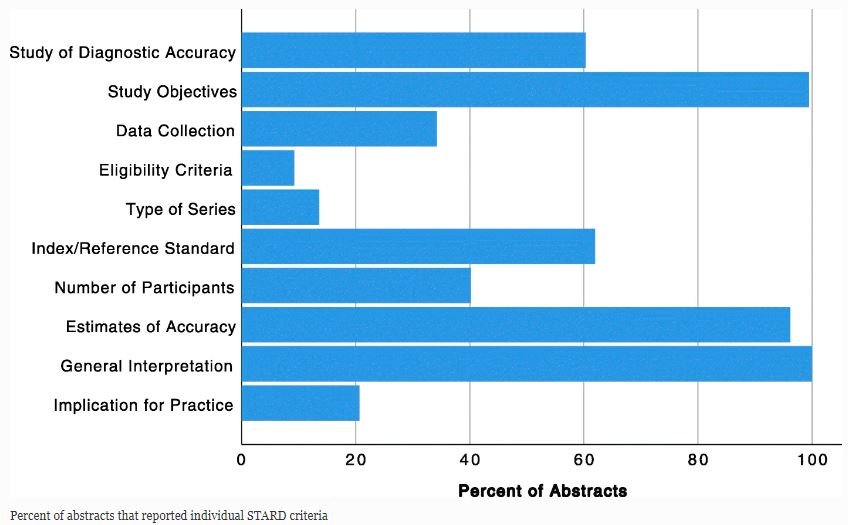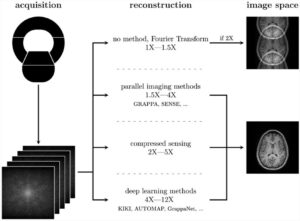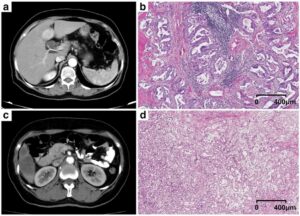New machine learning techniques, especially deep neural networks, hold the promise of revolutionizing many aspects of radiology and have gained immense public and professional attention over the last few years. This has led to a sharp increase in publications, the founding of new journals, and FDA approval for new diagnostic algorithms. With this increased scientific output, we wanted to take a step back and try to get a bigger picture of the research landscape. Because conference abstracts can be a preview of future publications, analyzing them can give insight into where the field is headed: What are the problems that machine learning models are mainly used to solve? What are the pathologies with the most research focus? And what body regions and modalities get the most attention?
These questions can in part be answered by taking a closer look at the abstracts from the European Congress of Radiology (ECR) 2019. Besides the thematic focus of the abstracts, we assessed the adherence of abstracts to established reporting guidelines—in this case, the STARD for abstracts checklist. As for the results: With regard to international participation, the People’s Republic of China was the country with the most abstracts. The modality with the most research focus was CT. The body regions that were studied the most in the abstracts were the abdomen, the chest, and the brain. The most prominent use case for machine learning was classification. Of course, these results only represent a snapshot of the research landscape as they are based on the submissions to one European conference. However, we feel that this may help researchers identify possible research topics that have not yet been studied extensively.
With regard to the quality of reporting, to our surprise, the mean number of STARD criteria reported by the abstracts was only 5.32 out of 10. To improve reporting in general, a checklist during the submission process, such as STARD (which has been implemented for ECR 2020), may help authors provide missing information before submitting their abstract.
To get a more detailed analysis of the presented research topics and the adherence to the STARD criteria, click on our article in the link below.
Key points
- Classification tasks and CT imaging were the most common topics of ECR artificial intelligence abstracts.
- The adherence with the STARD for abstracts checklist was in general low.
- Adherence for these essential STARD checklist elements was not higher among abstracts accepted for oral presentation compared to abstracts accepted for the electronic poster session.
Authors: Thomas Dratsch, Liliana Caldeira, David Maintz & Daniel Pinto dos Santos













